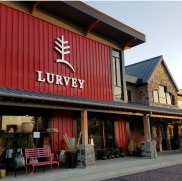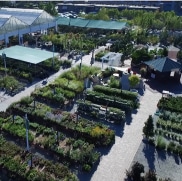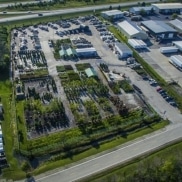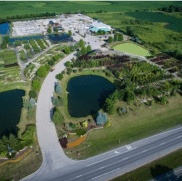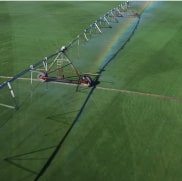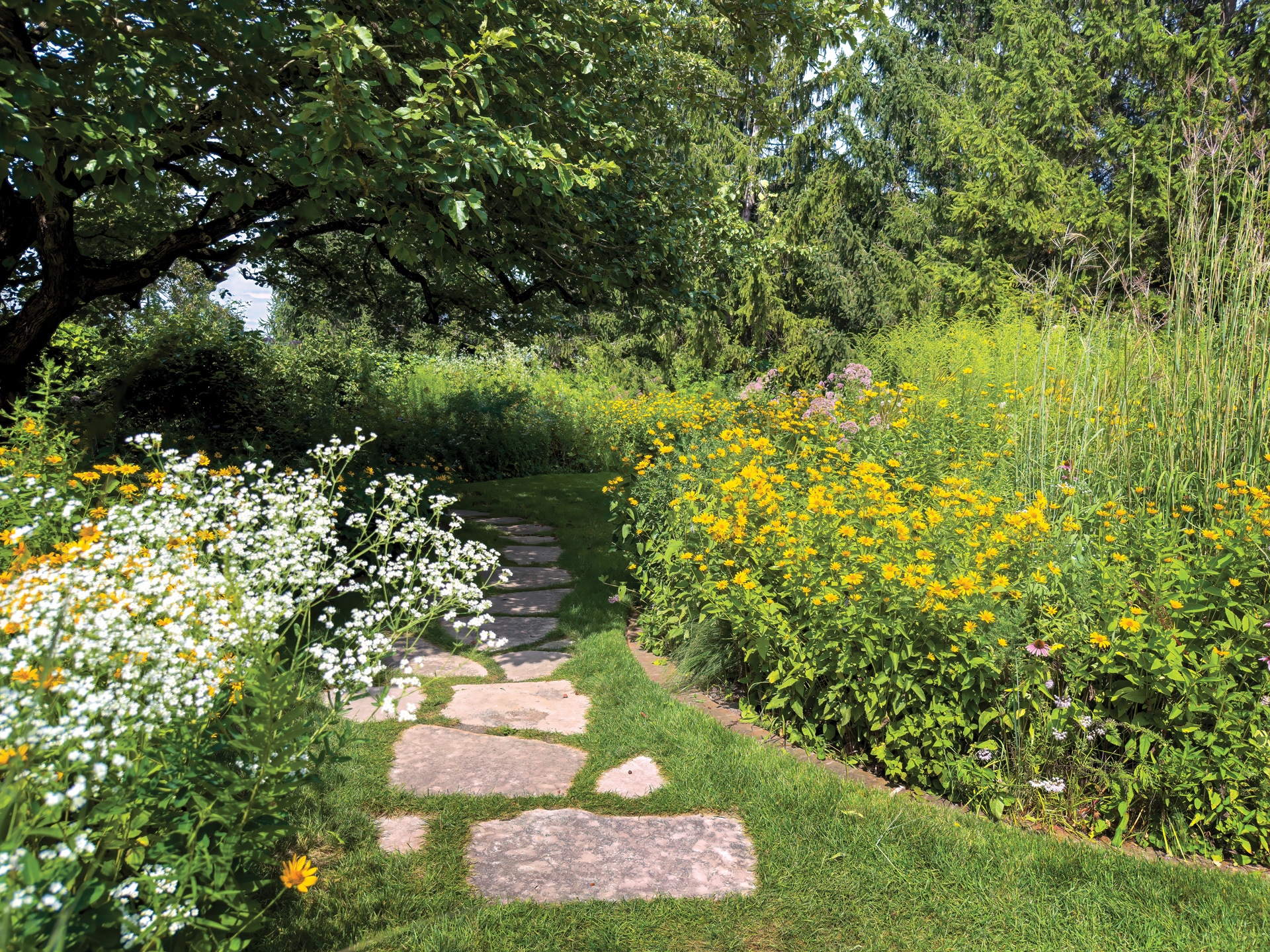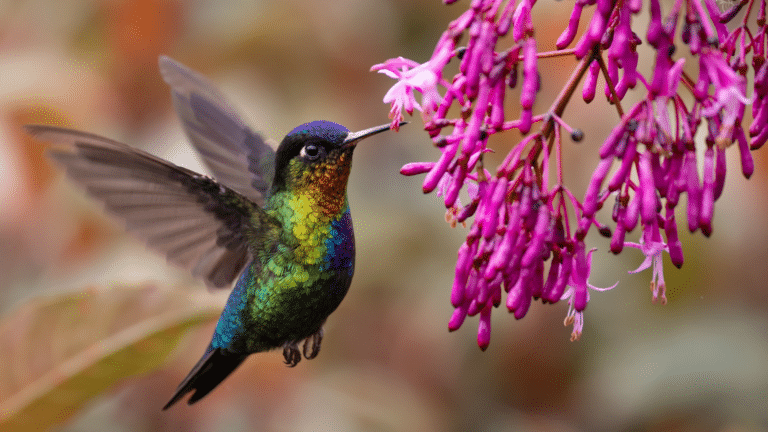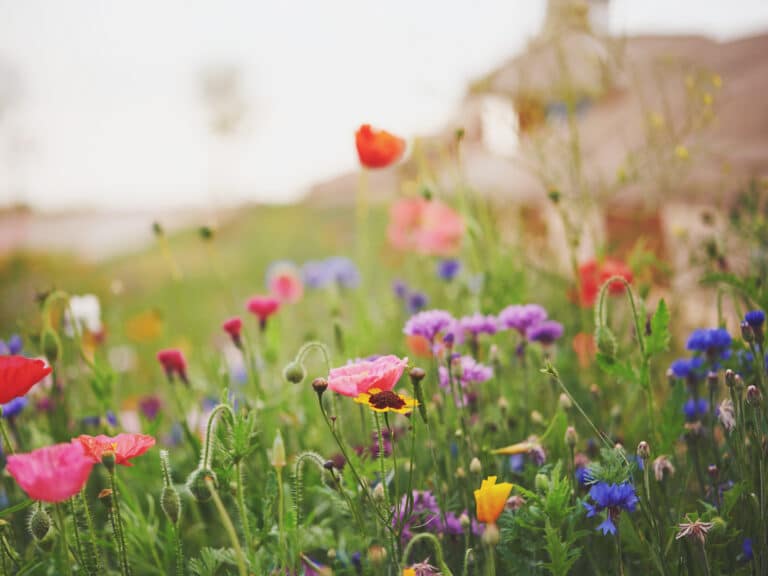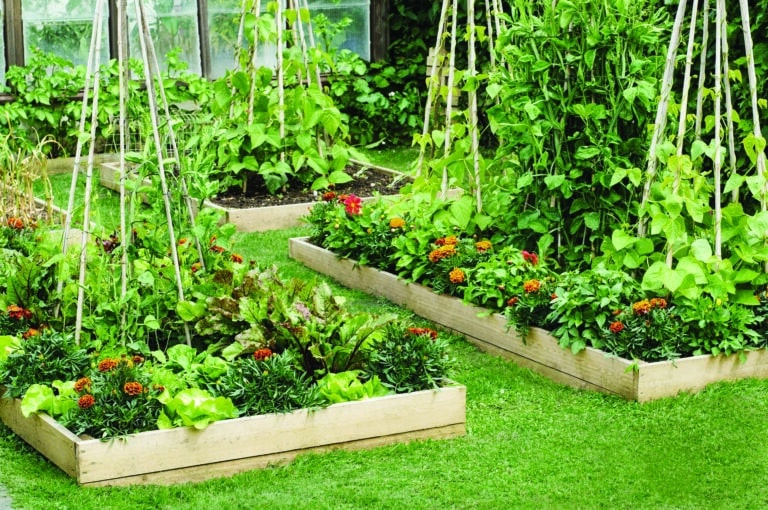When planning a thriving, sustainable garden, native plants and their close cousins, nativars, are becoming the go-to choices for gardeners
looking to strike a balance between ecological responsibility and eye-catching beauty. But what exactly are native plants and nativars, and how do they work together to benefit your landscape—and the planet?
Defining the Roots:
What Are Native Plants and Nativars?
Native plants are species that have naturally evolved in a specific region over thousands of years. They’re perfectly adapted to local soils, rainfall, and climate, making them incredibly resilient and beneficial to native wildlife, especially pollinators. Think of them as nature’s original cast—the plants that have always been part of the local ecosystem.
Nativars, on the other hand, are cultivated varieties of native plants. At American Beauties Native Plants, they define natives as “straight species and their cultivars, with cultivars being selections of the straight species.” These selections are made because of specific traits, such as disease resistance, compact size, unusual flower color, or extended bloom time. Sometimes, interesting variations are discovered in the wild and brought into cultivation, earning them the title of nativar.
Why Choose Native Plants?
Native plants offer a wide range of ecological benefits that make them a smart and sustainable choice:
- Adaptability: They thrive in local weather conditions and soil types with minimal care.
- Wildlife Habitat: Native flora provides essential food and shelter for birds, butterflies, bees, and other local species.
- Climate Resilience: With their deep roots and natural hardiness, native plants can better withstand drought, heavy rainfall, and temperature extremes.
Some standout natives that Lurvey carries include:
- Butterfly Weed (Asclepias tuberosa) – A magnet for monarch butterflies with its bright orange blooms.
- Echinacea purpurea (Purple Coneflower) – A classic prairie favorite known for its drought tolerance and pollinator appeal.
- Prairie Dropseed (Sporobolus heterolepis) – A graceful ornamental grass that adds movement and texture.
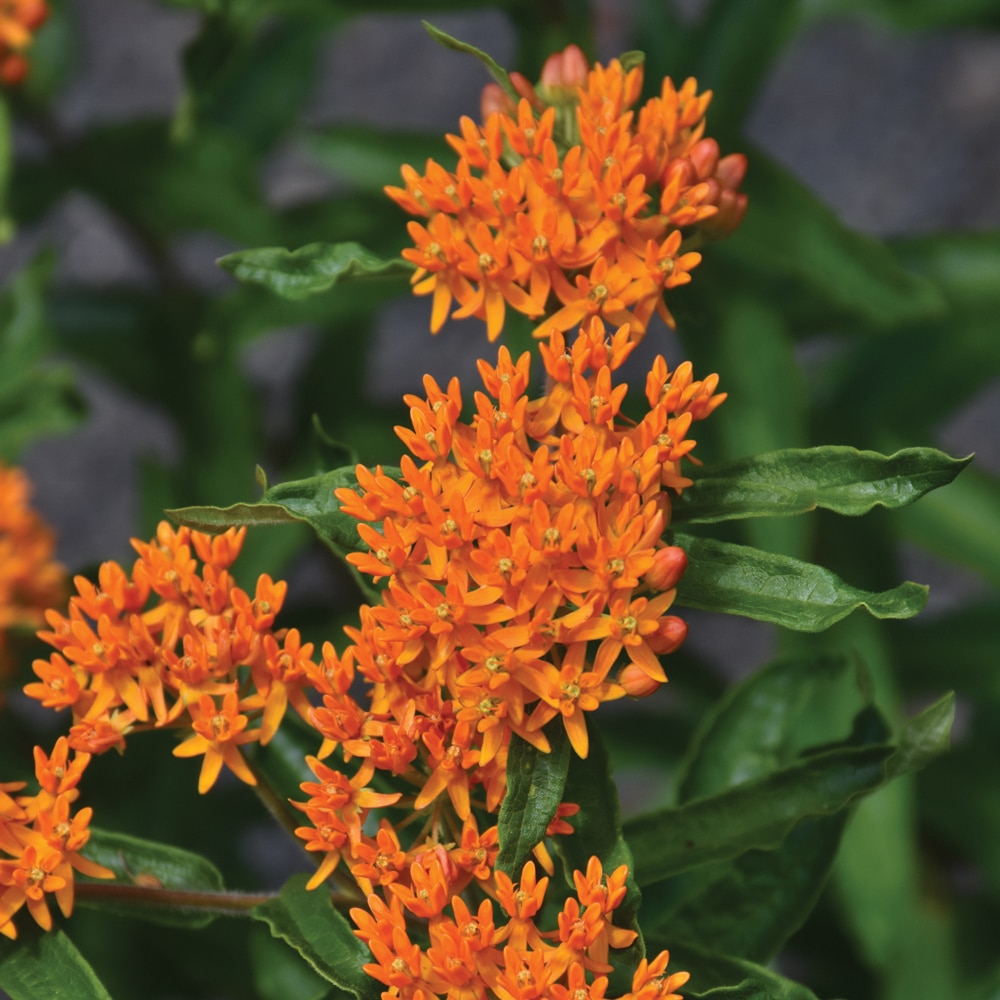
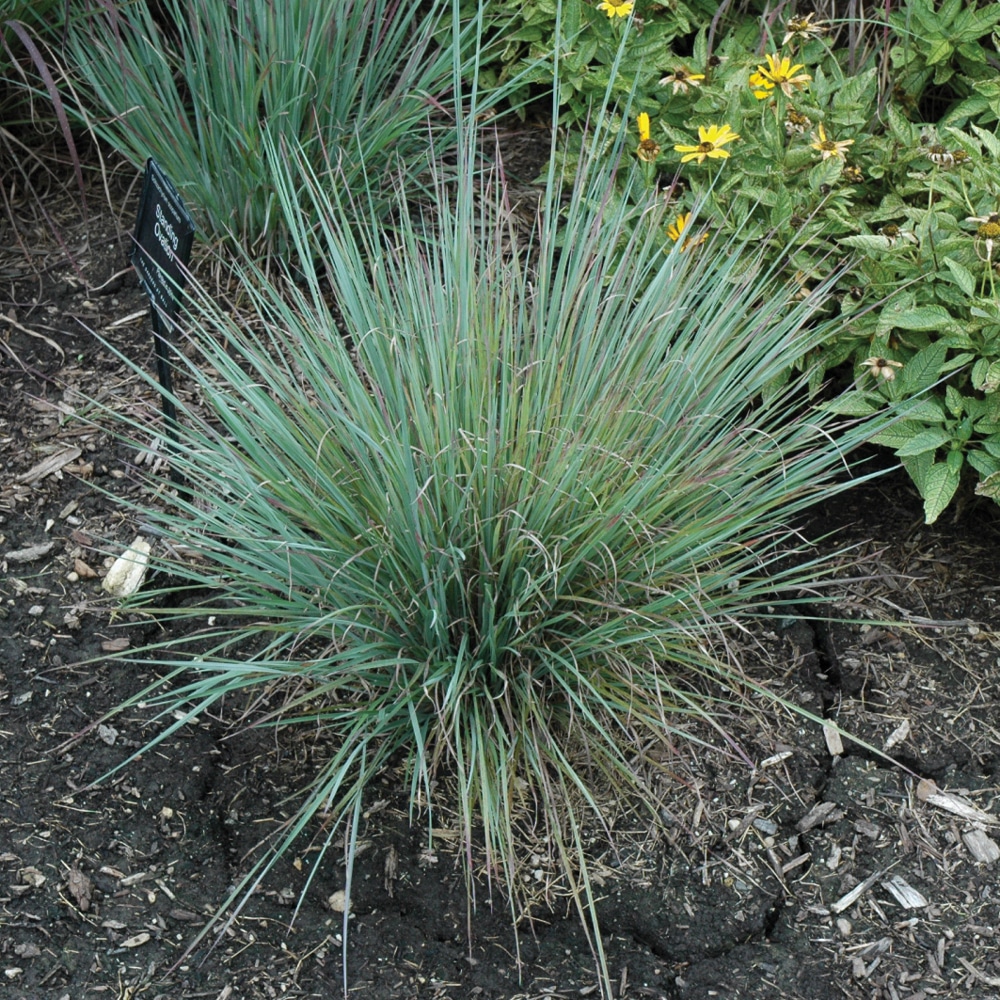

The Appeal of Nativars
While native plants shine in natural settings, nativars offer added versatility and aesthetic appeal that make them ideal for home gardens and designed landscapes:
- Visual Variety: Nativars can feature unique flower colors, double blooms, or compact growth habits.
- Garden Flexibility: Many nativars are bred for smaller spaces, making them easier to incorporate into container gardens and urban yards.
- Faster Establishment: Some cultivars are selected for rapid growth or longer blooming periods, delivering faster results.
Examples of beautiful nativars we offer include:
- ‘Ice Ballet’ Swamp Milkweed: A white-flowering variety of Asclepias incarnata that’s just as beloved by pollinators.
- ‘Ruby Star’ Coneflower: A deeper-hued Echinacea with strong stems and long-lasting blooms.
- ‘Standing Ovation’ Little Bluestem: A compact and upright cultivar of native grass that dazzles with blue-green summer foliage turning fiery red in fall.
Better Together:
A Harmonious Garden Blend
While some gardeners worry that nativars may not provide the same ecological value as straight species, research shows that mixing natives and nativars can create rich, supportive habitats. A recent study from the Lurie Garden found that landscapes designed with both native and near-native plants offered more diverse food resources. These resources are also available over longer periods, resulting in more robust pollinator communities.
The key is to be intentional: combine the ecological benefits of native plants with the ornamental appeal of nativars. This creates a garden that’s both beautiful and beneficial. Choose a native core for your design, and accent with nativars that enhance visual interest or provide functionality like height control or disease resistance.
Design with Nature in Mind
Incorporating native plants and nativars into your garden is more than just a trend. It’s a thoughtful, rewarding way to connect with nature. By choosing plants that support local ecosystems and offer stunning seasonal color, you’re creating a landscape that thrives naturally while giving back to the environment.
Whether you’re starting a new garden or updating an existing one, let native plants and nativars lead the way. With options that are resilient, beautiful, and pollinator-friendly, the possibilities are as diverse as the Midwest landscape itself.
